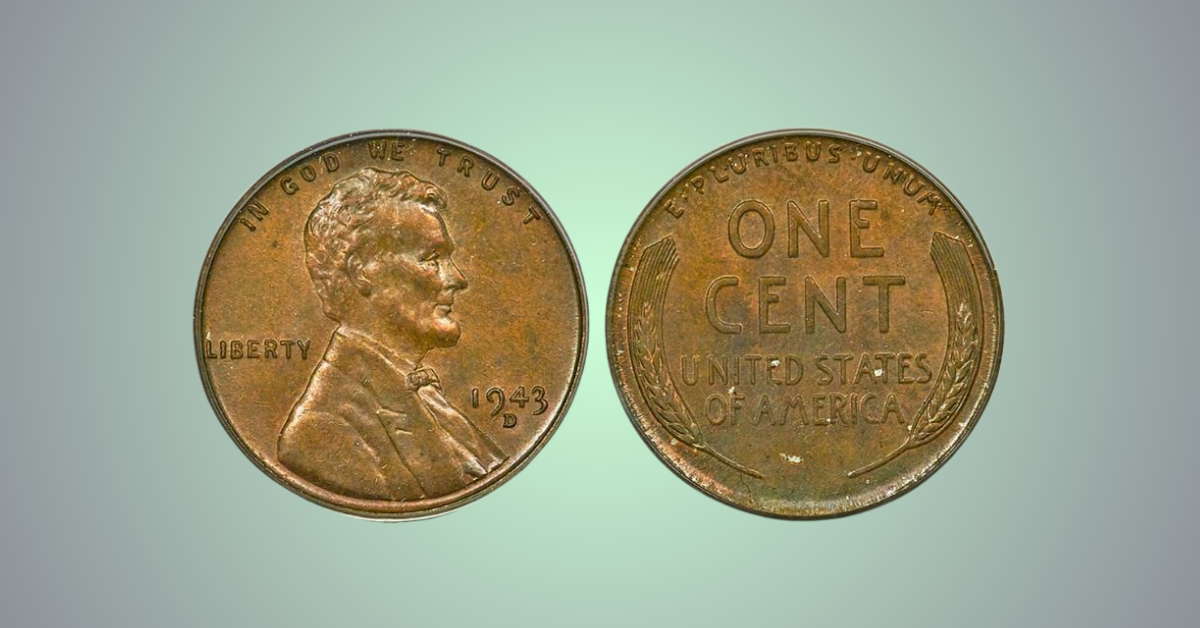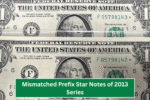A rare 1-cent coin discovered by a seasoned coin collector has been appraised at a staggering $1 million, but with one crucial condition — a rare minting error. Experts say this surprising discovery is a reminder that everyday change could hide extraordinary value for those with a keen eye.
Found quietly among thousands of other coins in a private collection, the penny in question turned out to be an elusive 1943 copper Lincoln cent — one of the most sought-after and debated coins in American numismatic history. The United States Mint had officially transitioned to steel-coated zinc cents that year, due to copper shortages during World War II. However, a small number of coins were mistakenly struck using copper planchets left over from 1942.
Experts believe only between 10 to 20 authentic 1943 copper cents are known to exist, making them extremely rare and valuable to collectors and investors alike.
What Makes This Cent Worth a Fortune?
The famed 1943 copper cents were created at the Philadelphia, San Francisco, and Denver Mints, but all were supposed to mint steel cents that year. Hidden in the production of hundreds of millions of steel pennies, a few copper blanks from the previous year were struck in error, leading to one of the most iconic minting mistakes in U.S. history.
According to the United States Mint, a genuine 1943 copper cent must weigh approximately 3.11 grams, compared to 2.7 grams for the steel version. Additionally, authentic examples do not stick to magnets — a quick way for collectors to eliminate counterfeits or alterations.
To verify the authenticity of the millionaire penny, the finder had the coin evaluated by Professional Coin Grading Service (PCGS), a leading third-party grading company known for assessing rare coins. Using X-ray fluorescence and metallurgical analysis, PCGS confirmed the coin’s authenticity and assigned it a grade of MS64 (Mint State 64), making it not only rare, but also in remarkably preserved condition.
“This is what collectors dream of. A legitimate 1943 copper cent in near pristine condition — it’s like discovering buried treasure,” said Jamie Hernandez, a numismatist with PCGS.
History of the Rare Penny
World War II heavily influenced U.S. coin production. With copper being a vital material for ammunition and military equipment, the U.S. Mint sought alternatives and shifted to using zinc-coated steel for its 1943 penny production. Over one billion steel cents were struck that year, easily distinguishable by their silver-gray color and magnetic properties.
The few copper 1943 cents that survived were believed to be struck by accident — copper blanks from 1942 likely remained in the presses and were struck alongside the new steel coins before officials noticed the mistake.
The first 1943 copper cent was reportedly discovered in 1947 by a teenager named Don Lutes Jr. during his school lunch. For decades, skepticism surrounded the coin’s origins, until multiple examples surfaced and were authenticated.
In 2019, Lutes’ penny sold at auction for $204,000. However, the recent discovery, in better condition and with greater historical documentation, soared in value and fetched over $1 million in a private deal.
Avoiding Fraud and Counterfeits
While the story has stirred enthusiasm among amateur collectors, experts warn that finding a true 1943 copper cent is exceedingly rare. Numerous counterfeits exist, often created by copper-plating steel cents or altering the date on 1948 copper coins to mimic a 1943.
The U.S. Secret Service, which historically handled counterfeit coin investigations, and the U.S. Mint both caution collectors to work with certified coin dealers and grading agencies.
How to Check Your Own Pennies
If you’re curious whether you may have a rare treasure hiding in your coin jar, numismatists suggest several steps:
1. **Weigh the coin** – A 1943 copper cent should weigh 3.11 grams. A precise digital scale can determine the metal composition.
2. **Magnet test** – Steel coins are magnetic. An authentic copper 1943 penny will not stick to a magnet.
3. **Inspect the date** – Be wary of tampered coins. Some 1948 pennies are illegally altered to appear as 1943.
4. **Seek expert verification** – Send your coin to professional agencies like PCGS or NGC (Numismatic Guaranty Company) for authentication and grading.
A Valuable Lesson in Paying Attention
Although it is rare to come across such mistakes in circulation today, the story of the $1 million cent underscores the significance of attention to detail and historical knowledge in coin collecting. Many coin experts now encourage the newer generation of collectors to learn more about coin history, associations, and reputable resources.
The recent find not only set a new benchmark in the market but also invigorated interest in rare coin collecting across the United States. As Phil Diehl, former director of the U.S. Mint, once noted, “Coins are small works of art that tell great stories.”
Whether those stories are of wartime innovation, accidental treasures, or the dedication of a diligent collector scanning hundreds of coins — they continue to capture the imagination and value of generations to come.



